In 1925, a diphtheria epidemic threatened to wipe out the town of Nome, Alaska. Hear the incredible story of the men and dogs who saved the day.
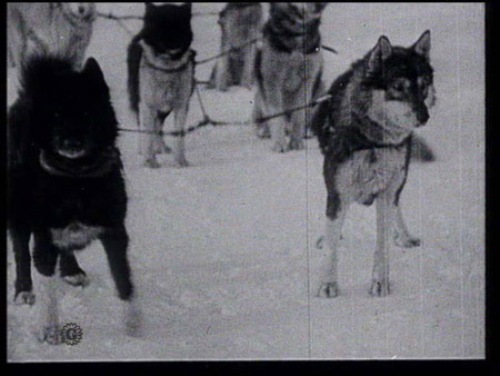
Within days Kaasen got an offer from a Hollywood film producer to appear in a movie with his dog team. Kaasen and Balto were soon standing on the steps of Los angeles’ city Hall with the mayor and Mary Pickford. Although Leonard Sepalla was annoyed by the attention Kaasen was getting, he did give his employee permission to take the dogs, who he considered inferior anyway, and make the film. In conjunction with the movie deal, a vaudeville style tour was developed and suddenly Gunnar Kaasen was a full blown American celebrity.
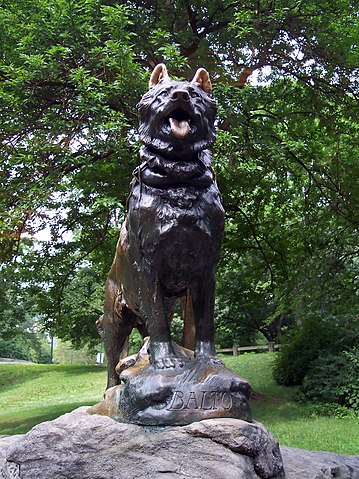
An indication of the level of Balto’s profile came when it was announced by the city of NY that a statue to honor all of the participants in the serum drive would be placed in Central Park, a statue of Balto deposited on top of its base. On December 15, 1925 both Balto and Kaasen were present when the statue was dedicated, a monument that remains very popular even today.
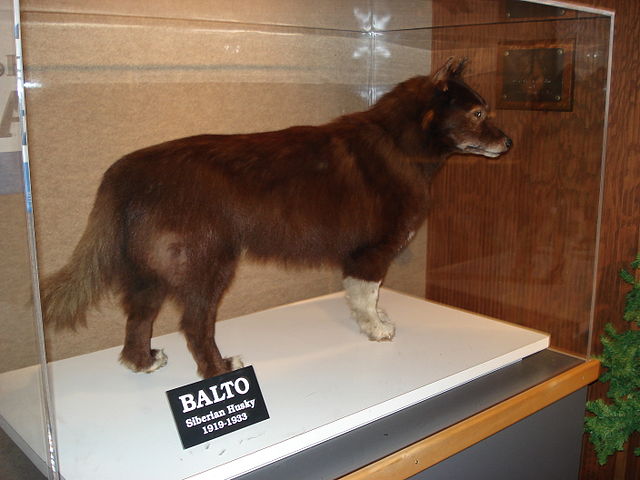
Kaasen and his wife soon grew tired of the vaudeville life and the frequent squabbles with Hollywood producers and the tour operator over money. As their celebrity faded they decided to head back home to Alaska, at this point the tour operator having somehow gained ownership of the dog team and sled. How this process unfolded remains unclear but the animals were transported back to Los Angeles where proprietor of a typical side show of oddities and amusements named Sam Houston acquired the dogs. For months they were on display in a small enclosure in dreadful conditions, neglected by their new owner. It was not until a visiting Cleveland businessman, George Kimball, saw the dogs and wanted to rescue them from their plight. Houston agreed to sell the team for $2,000 but gave Kimball only two weeks to raise the money. Kimball returned home and through newspaper publicity and after an overwhelming public response, Balto and his team were extricated and brought to Cleveland and their permanent home, a popular attraction at the city’s zoo. There he and the rest of the team lived in relative tranquility, until Balto, blind and arthritic, was euthanized on March 14, 1933, aged fourteen. His body was preserved and today it is on display at the Cleveland Museum of Natural History.
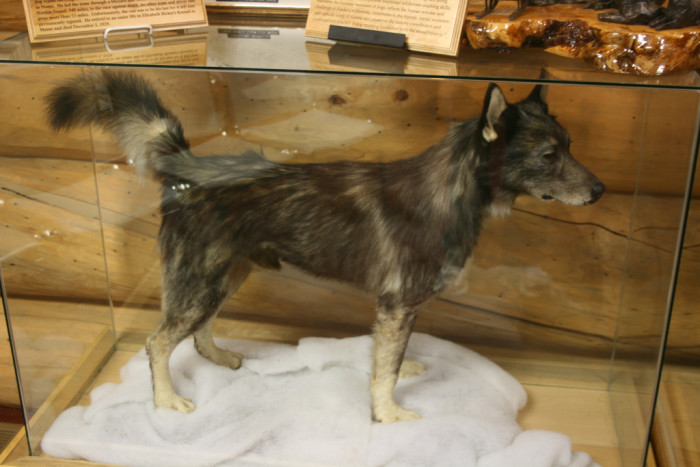
The serum run was Togo’s last long distance endeavor and even then at age 12 he was considered old for a sled dog. By age sixteen the dog was partially blind and could only move with great difficulty. On December 9, 1929 the decision was made to euthanize Togo at his kennel in Maine. He was also preserved and after a lengthy stay in Yale’s Peabody Museum and the Shelburne Museum in Shelburne, Vermont he was returned to the Iditarod Museum in Wasilla, Alaska, where he can be seen today.
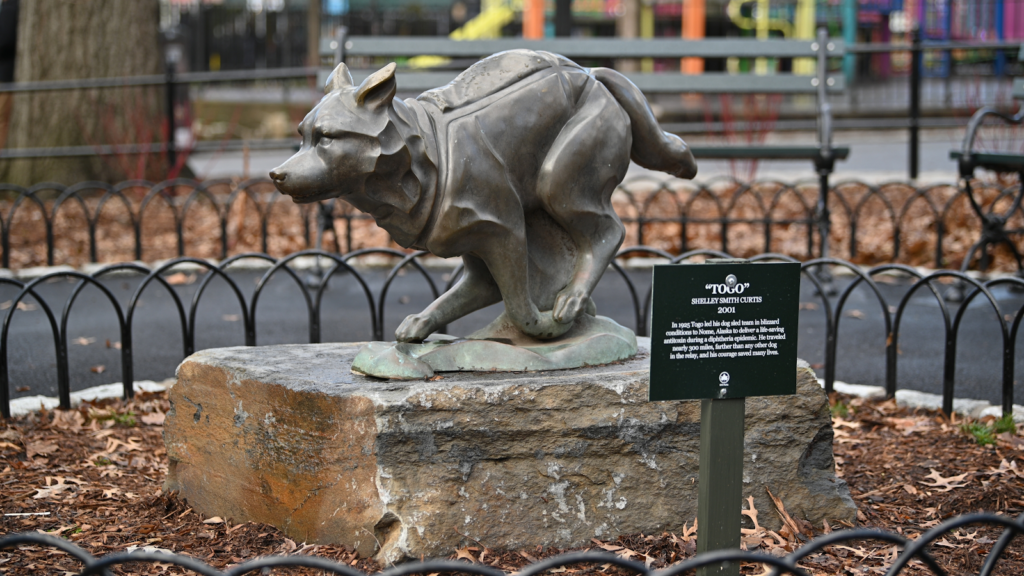
Podcast: Play in new window | Download
Subscribe: RSS
